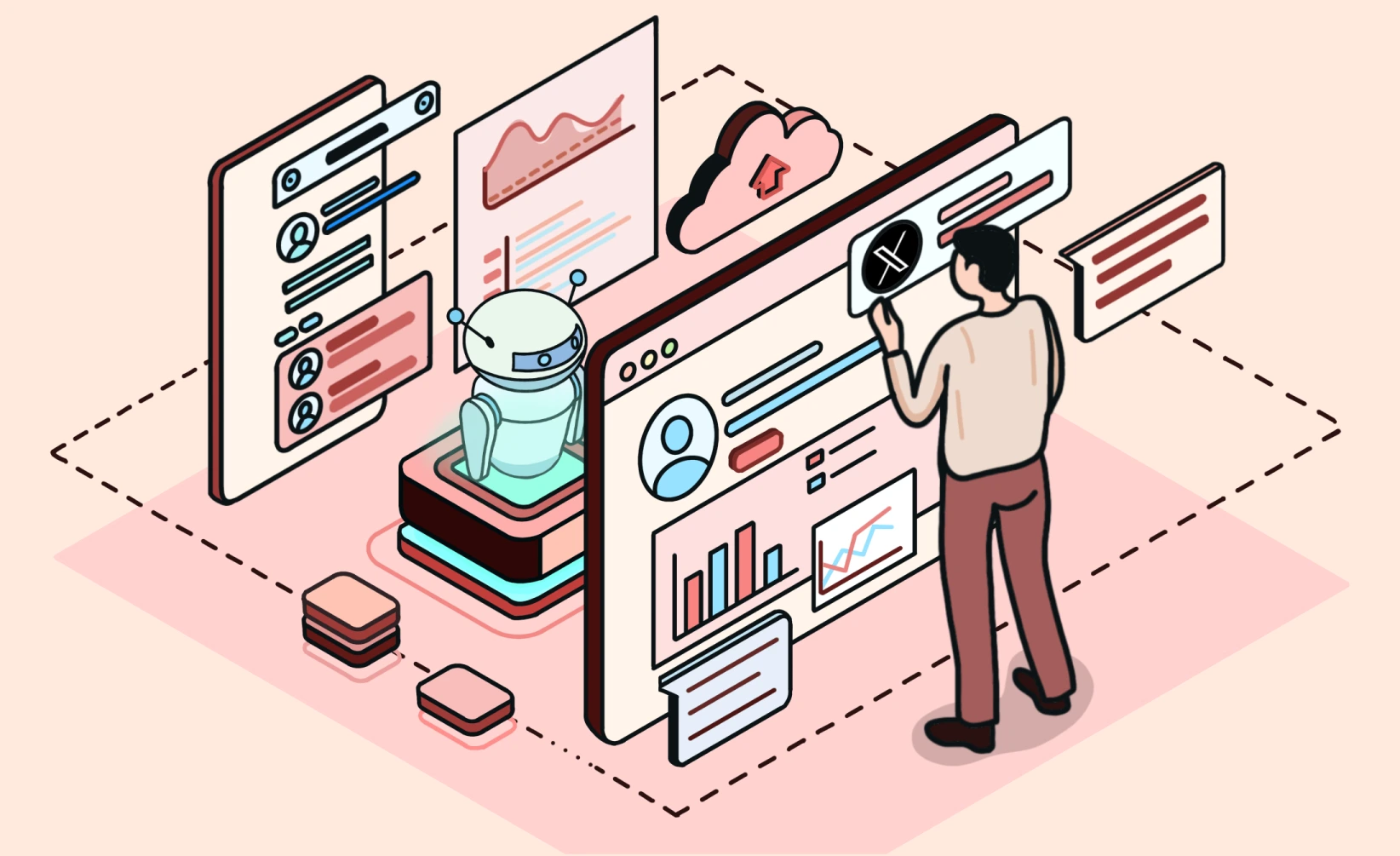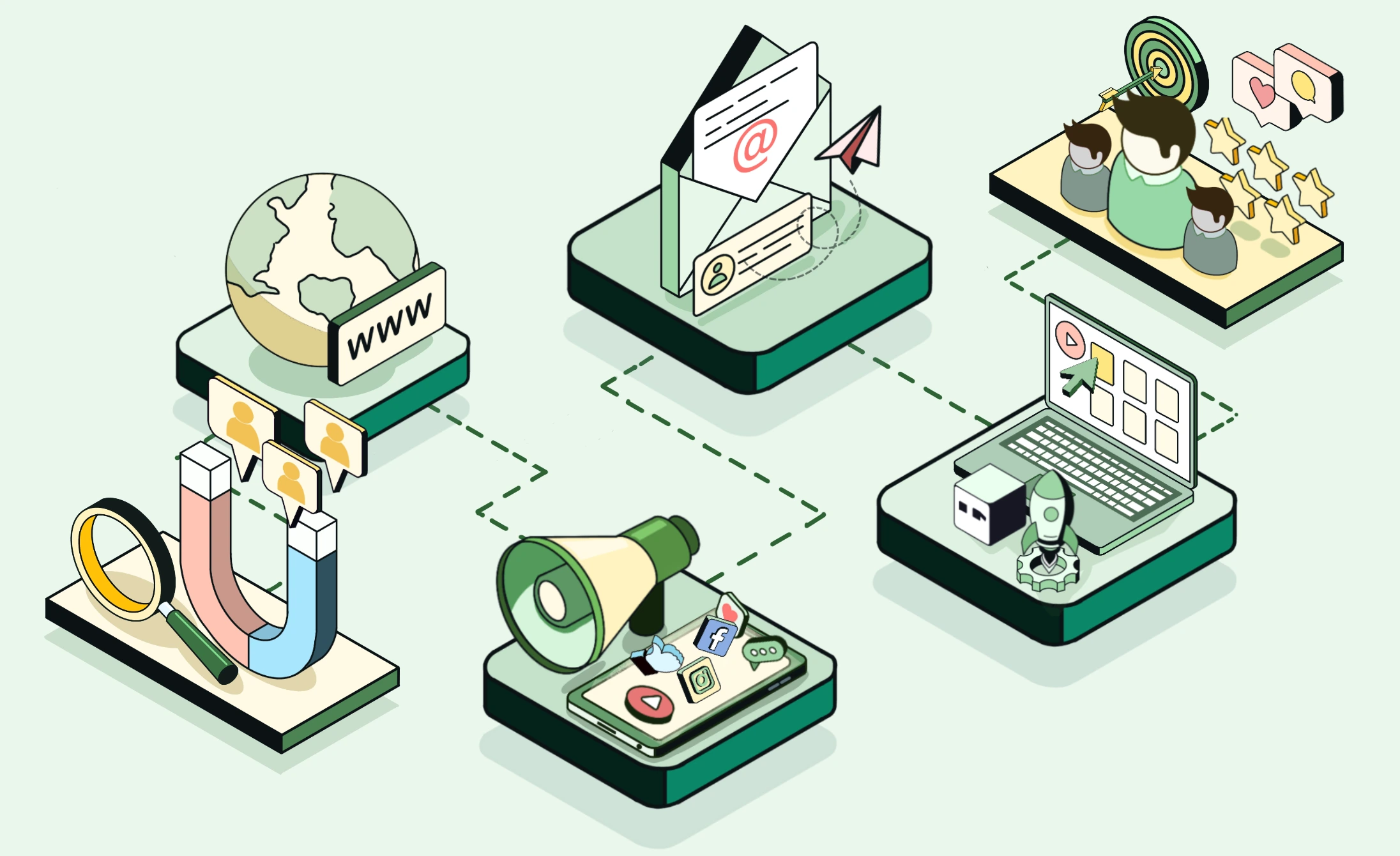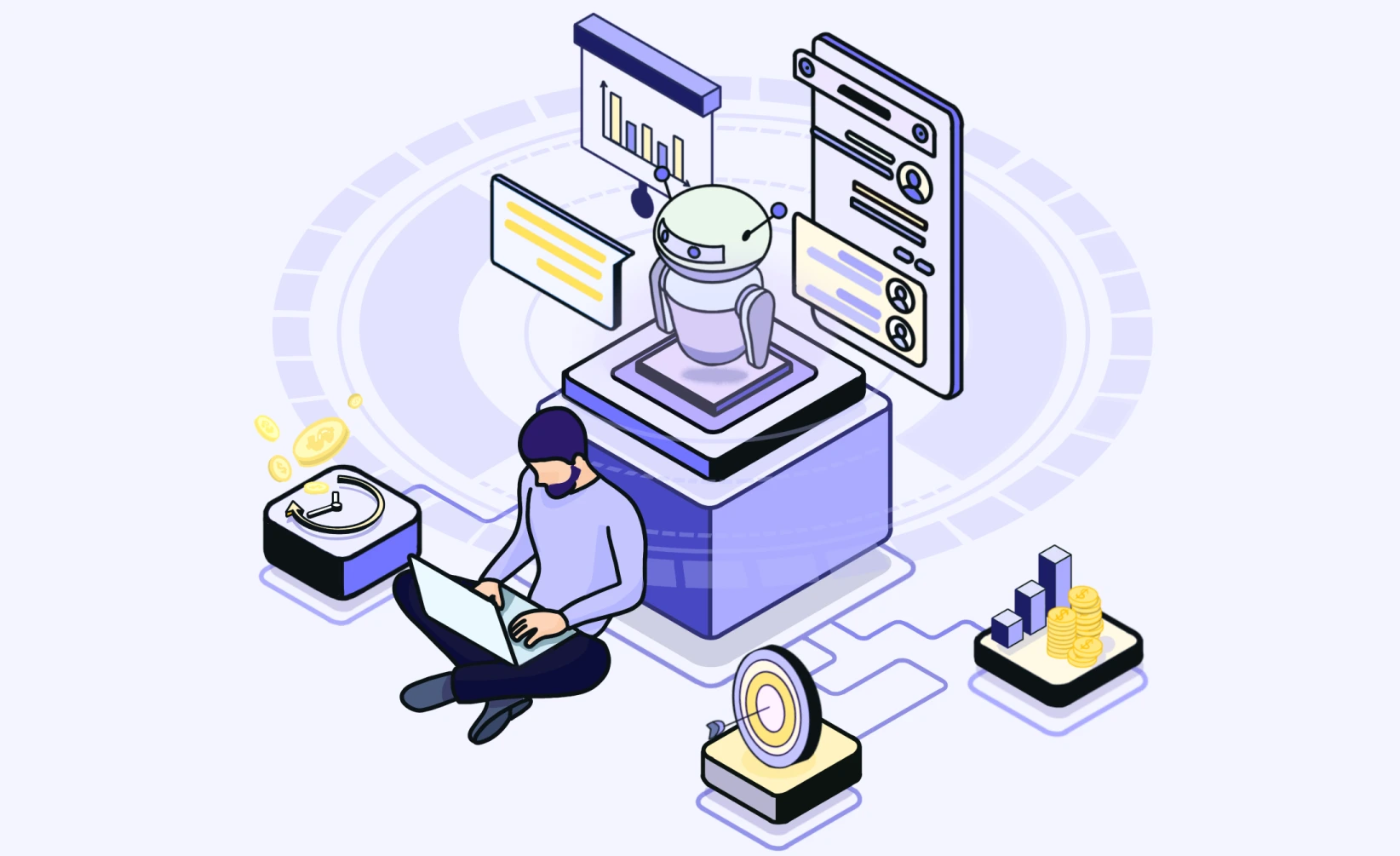Artificial Intelligence (AI) is no longer a futuristic concept—it’s a powerful force already transforming industries and the global workforce. From automating repetitive tasks to driving innovation, AI offers immense potential for businesses to scale and thrive. By viewing AI as a partner in augmenting human capabilities, businesses can unlock new levels of productivity and innovation.
However, its rapid adoption also raises valid concerns about job displacement, costs, integration, and workforce adaptation.
In this article, we’ll address the most pressing issues surrounding AI adoption, provide actionable solutions, and explore how businesses can confidently embrace this game-changing technology.
Addressing Key Concerns About AI Adoption
Adopting AI is a significant step for any organization, but common concerns—like job displacement, costs, and data security—can create hesitation. Let’s explore these challenges and practical solutions to overcome them.
Fear of Job Displacement
-
Reality: AI is projected to impact millions of jobs worldwide. According to estimates, up to 300 million jobs could be affected by AI-driven automation, representing about 9% of all jobs globally. By 2025, the World Economic Forum (WEF) predicts 85 million jobs could be displaced, but 97 million new roles may be created, particularly in technology, analytics, and specialized fields. Currently, around 14% of workers have already experienced job displacement due to AI, with sectors like customer service, manufacturing, and financial services being the most affected.
-
Solution: The transition to an AI-driven workforce requires proactive reskilling and upskilling. Businesses should invest in training programs to equip employees with digital and analytical skills, support career mobility, and communicate transparently about AI’s role in the organization. While some roles may disappear, new opportunities will emerge for those prepared to adapt.
Cost of Implementation
-
Reality: AI adoption can seem expensive, especially for small and medium-sized enterprises (SMEs). However, modern AI solutions are becoming increasingly scalable and accessible. Efficiency gains and cost reductions from automating repetitive tasks often outweigh initial costs.
-
Solution: Begin with targeted pilot projects to evaluate AI’s benefits on a small scale before committing to larger investments. Continuously measure ROI and scale successful initiatives gradually to manage expenditure effectively. Businesses that adopt a phased approach to AI implementation often find it easier to manage costs while achieving measurable results.
Complexity of Integration
-
Reality: Integrating AI into existing business systems can be challenging, particularly for organizations with legacy infrastructure. Concerns about compatibility, disruptions, and employee readiness often deter businesses from taking the leap.
-
Solution: Collaborate with experienced AI vendors who provide integration support and customizable APIs designed to work with your current systems. Phased rollouts minimize disruptions, while employee training builds confidence and competence with new tools. Choosing AI solutions with intuitive interfaces can also reduce the learning curve, making adoption smoother for teams.
Data Security and Privacy
-
Reality: AI systems require large volumes of data to function effectively, raising concerns about data security, privacy, and compliance with regulations like GDPR or CCPA. Businesses worry about potential breaches and misuse of sensitive information.
-
Solution: Partnering with reputable AI providers that prioritize robust security measures and compliance is essential. Regular audits, access controls, and transparent data policies help build trust and minimize risks. Businesses should also establish internal data governance frameworks and educate employees on cybersecurity best practices to strengthen overall security.
Resistance to Change
-
Reality: Change is often met with resistance, and AI adoption is no exception. Employees and management may hesitate to embrace AI due to a lack of understanding or fear of disrupting established processes.
-
Solution: Education and transparent communication are key to overcoming resistance. Involving employees in pilot projects and highlighting AI’s benefits, such as reducing repetitive work and enabling more strategic roles, can foster buy-in. Encouraging a culture of innovation and continuous learning will help employees see AI as an opportunity rather than a threat.
Practical Steps for Businesses
Overcoming AI adoption challenges requires a clear and strategic approach. Here’s a concise recap of actionable steps to address common concerns and unlock AI’s potential:
-
Invest in training and reskilling: Equip employees with the skills needed for AI-enhanced roles, preparing AI and human teams to collaborate effectively. Focus on digital, analytical, and technical training to prepare your workforce for new opportunities and reduce fears of job displacement.
-
Adopt a phased approach: Start small with pilot projects targeting specific use cases. Gradually scale successful initiatives based on measurable outcomes to manage costs and minimize risks.
-
Engage employees early: Involve employees in the AI adoption process to build trust and enthusiasm. Communicate openly about AI’s benefits, address concerns, and encourage feedback to foster collaboration and buy-in.
-
Prioritize data security: Partner with trusted AI vendors to ensure robust security and compliance with regulations. Implement encryption, access controls, and transparent data policies to safeguard sensitive information.
-
Focus on high-impact areas: Target areas where AI can deliver the most value, such as customer service, supply chain optimization, and data analysis. Quick wins in these areas demonstrate AI’s benefits and build momentum for broader adoption.
How TeamPal Can Help
At TeamPal, we understand the challenges businesses face when adopting AI. That’s why we’ve designed our AI solutions to be user-friendly, secure, and scalable, ensuring a seamless integration into your operations.
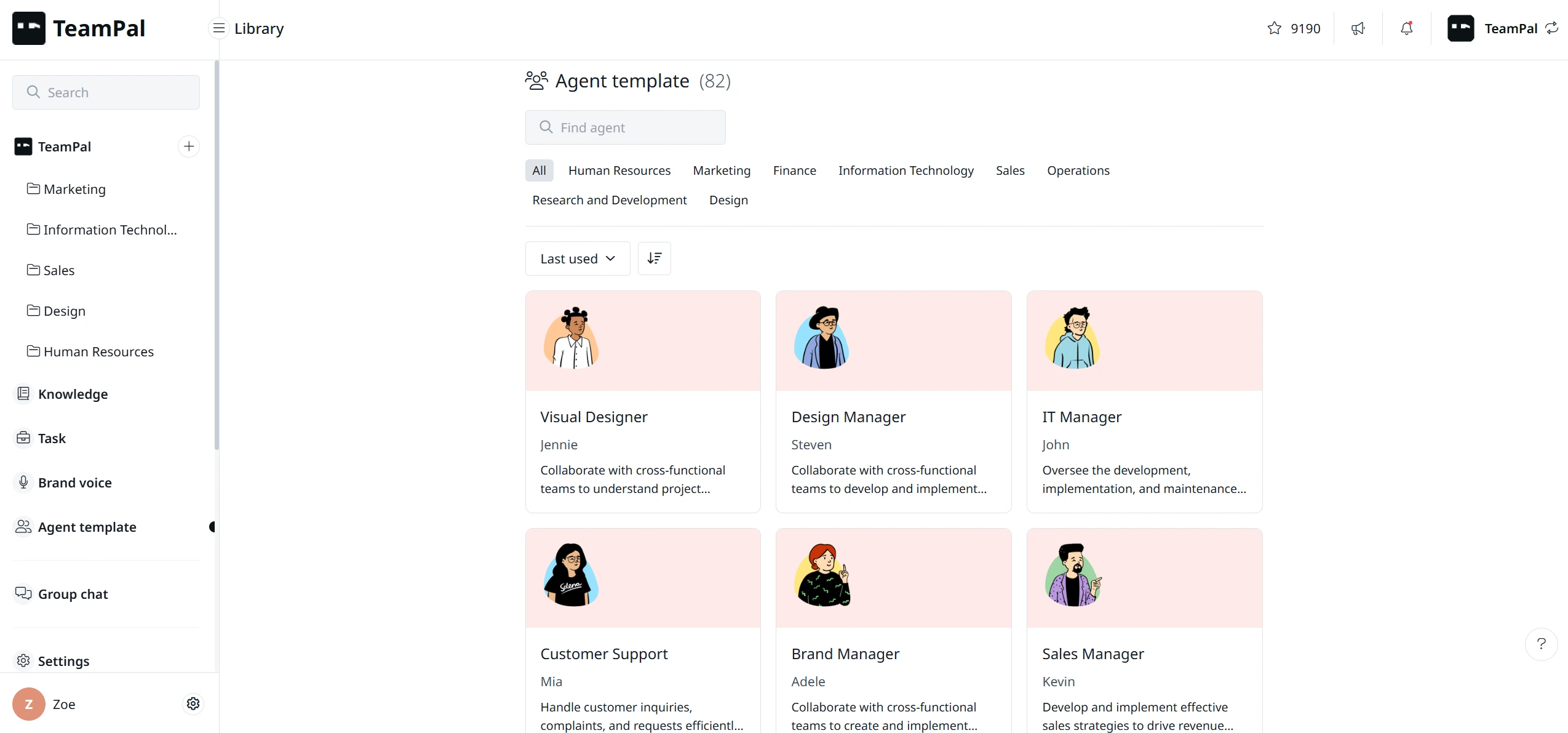
Here’s how we can support your AI journey:
-
Cost-effective solutions: Our scalable AI tools are tailored to fit your budget and grow with your business.
-
Simple interface: Our intuitive design ensures easy adoption with minimal training required.
-
Data security: We do not retain your data; we act solely as a gateway. Any chat data we store is encrypted and accessible only through your account.
-
Dedicated support: Our team is here to guide you every step of the way, from implementation to optimization.
Ready to take the first step? Visit TeamPal or take a tour around our user guide to learn more about how we can help you build your AI-powered future.
Conclusion
Hesitations about AI adoption are natural, but they shouldn’t hold businesses back from leveraging this transformative technology. By addressing concerns with practical solutions and focusing on the long-term benefits, organizations can confidently integrate AI into their operations. Whether it’s improving efficiency, reducing costs, or enhancing decision-making, AI offers a wealth of opportunities for businesses willing to embrace it.
The future of business is AI-powered. Don’t let hesitation keep you from achieving your full potential.
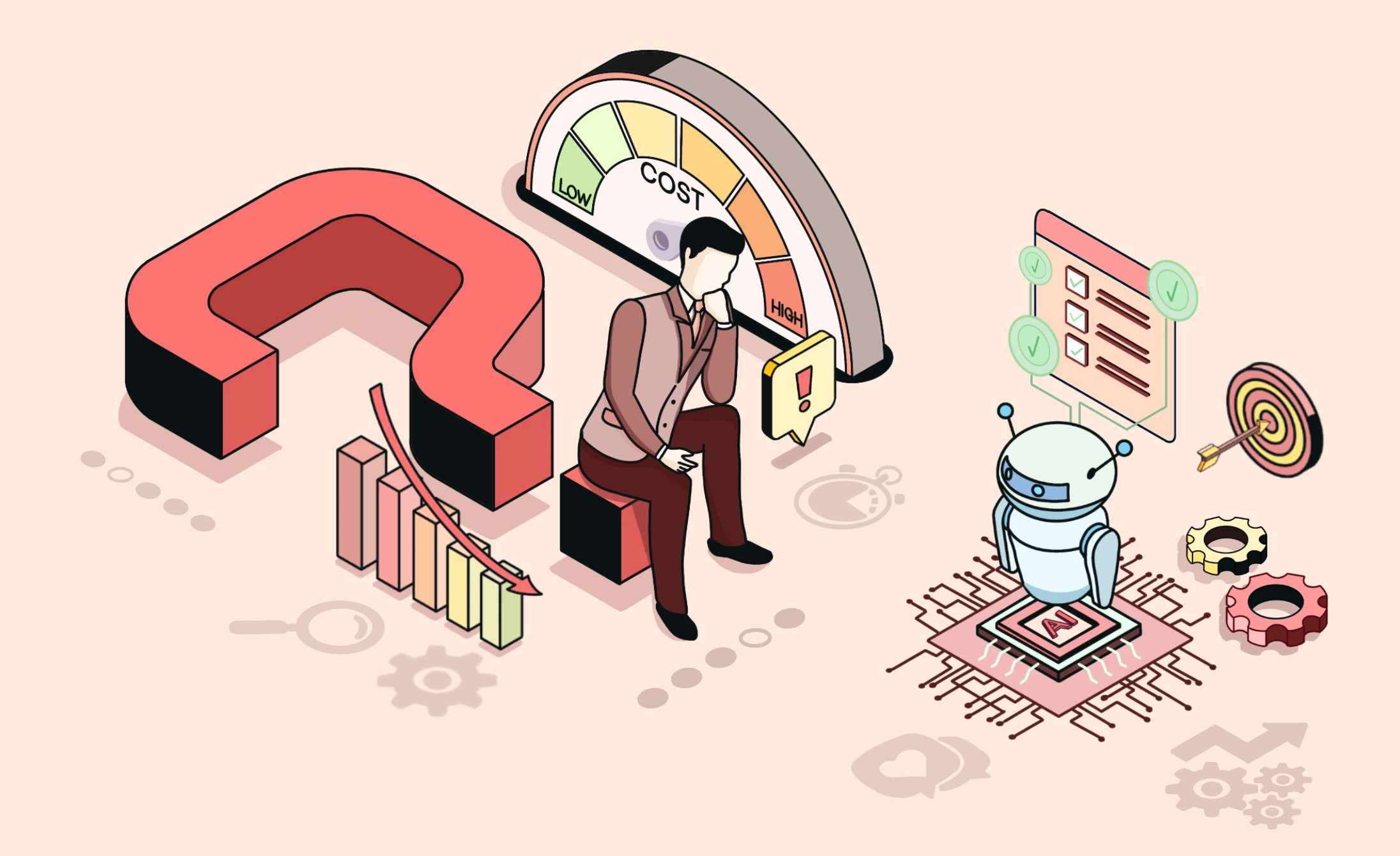

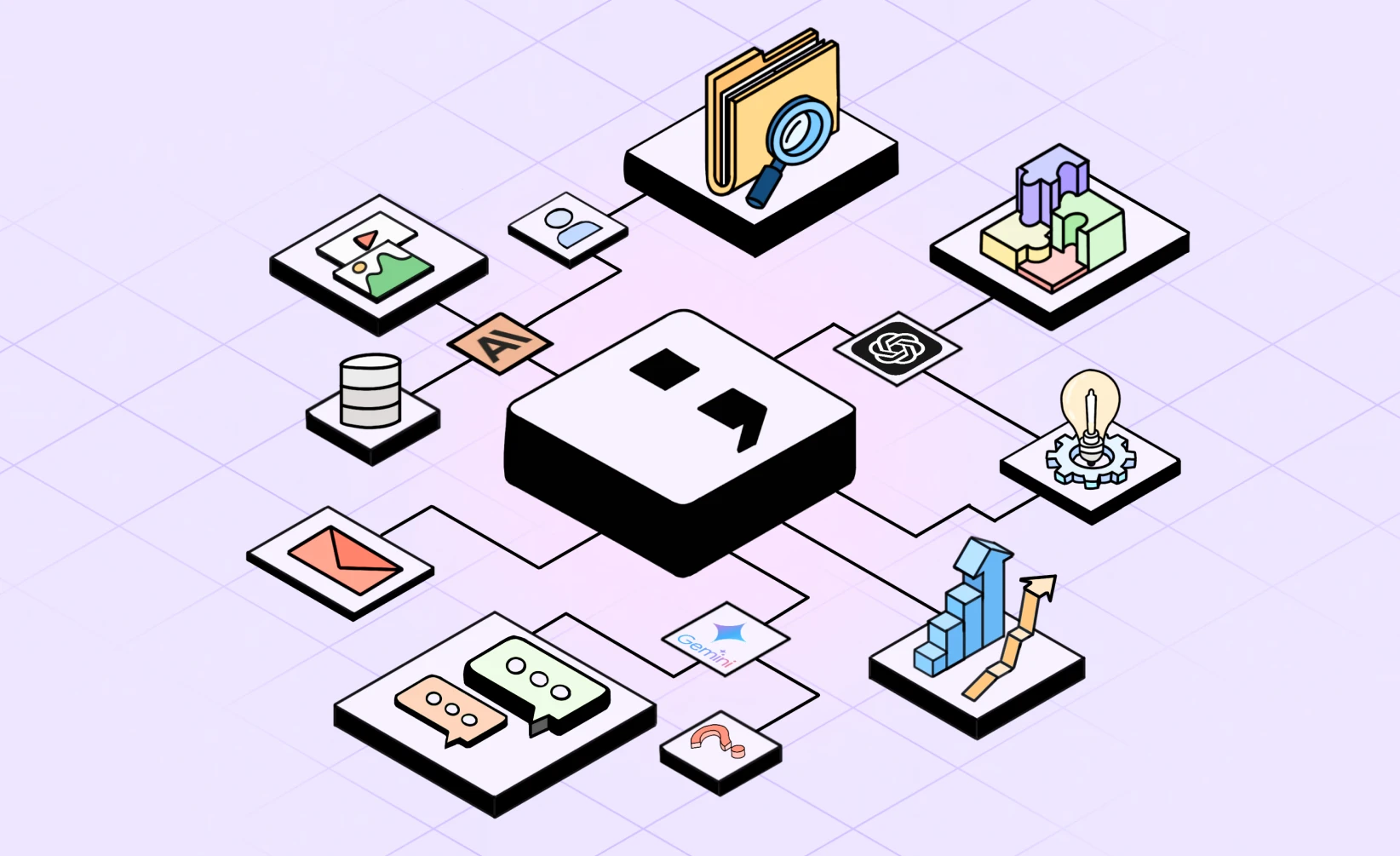
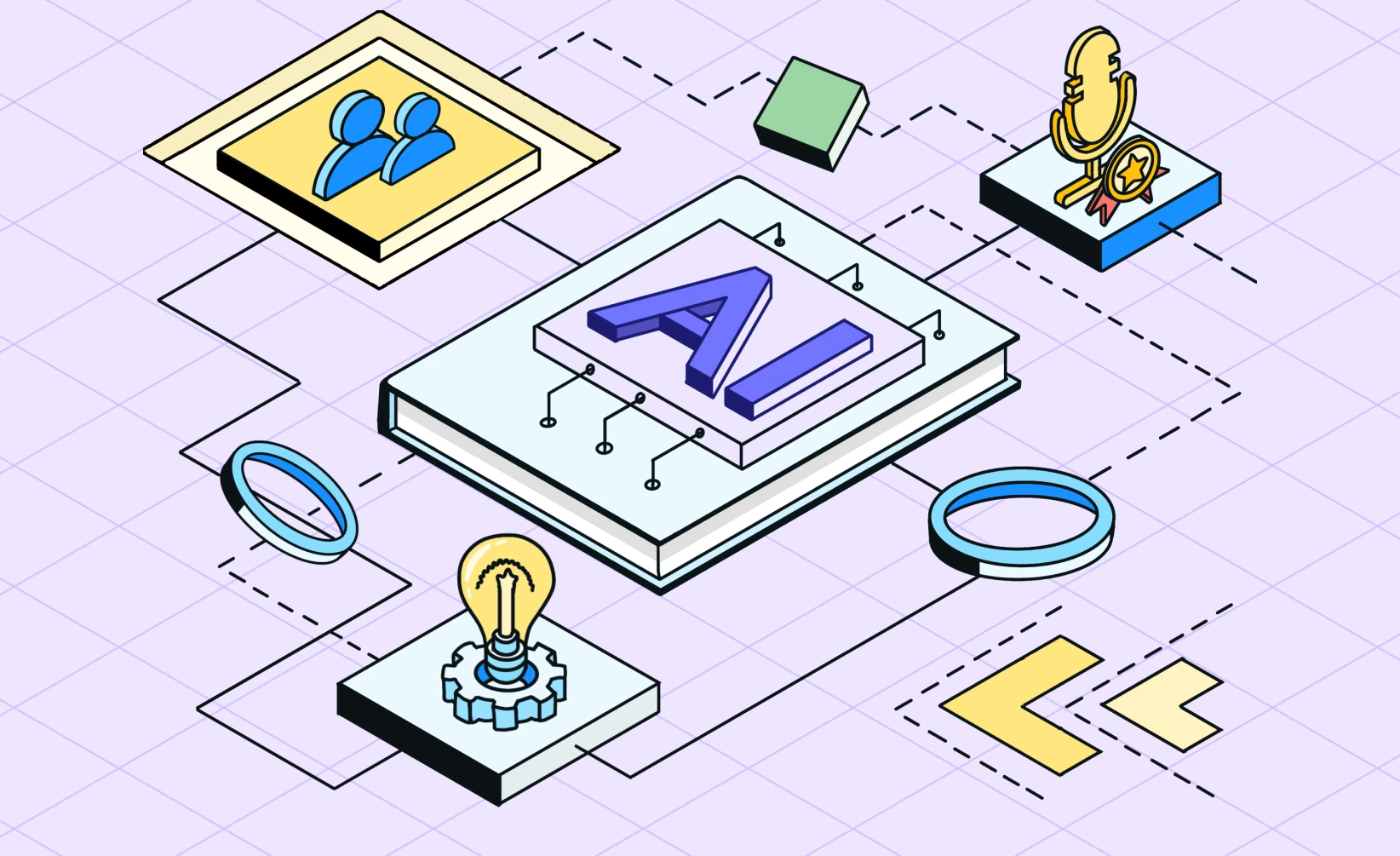
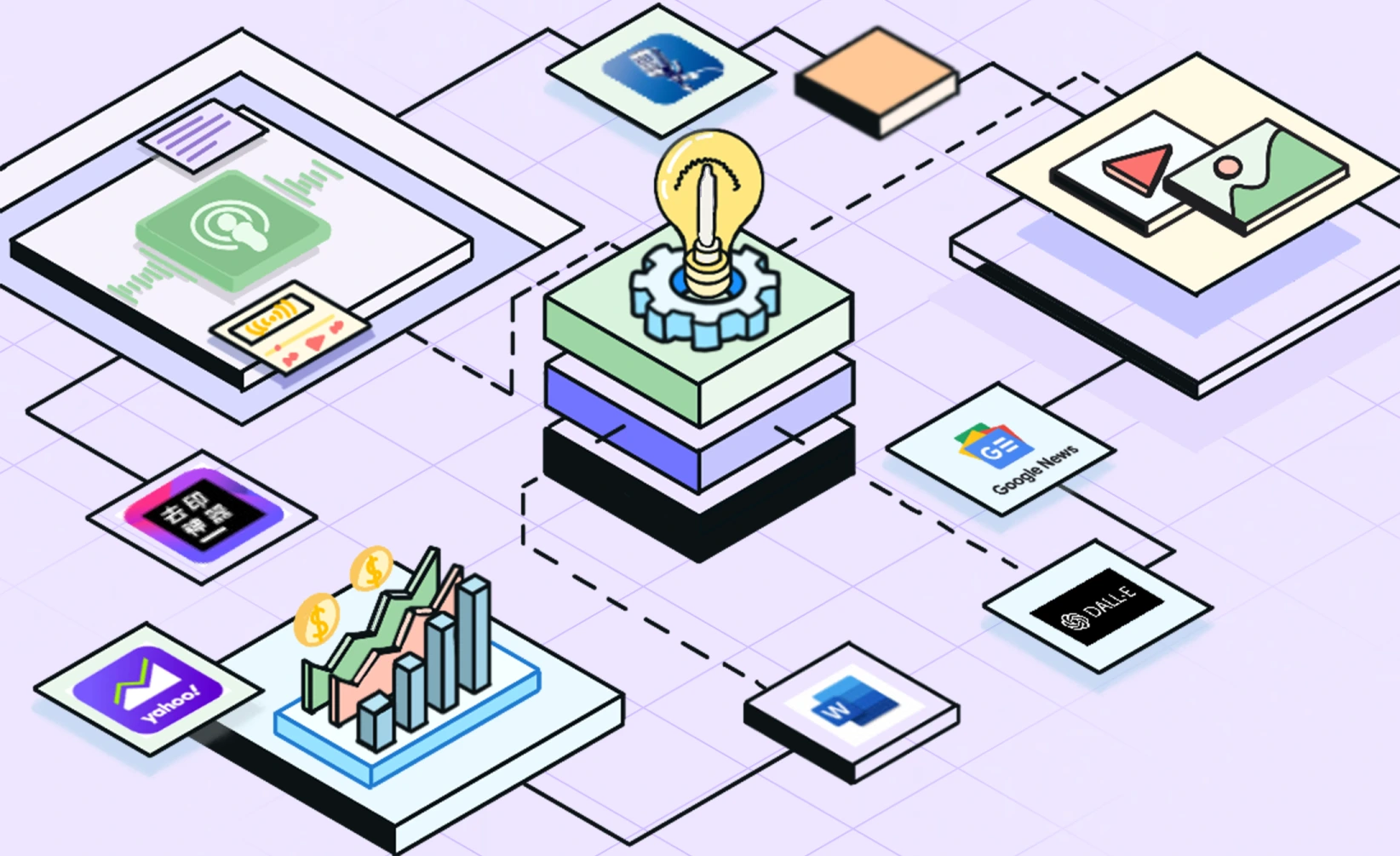

![[Product Update] Introducing Group Chat: Let Your AI Agents Work Together](/storage/photos/916/announcement-2/introducing-group-chat.webp)
![[Product Update] No More Prompt Copy & Paste: Meet Custom Tasks](/storage/photos/916/announcement-1/product-update-say-hello-to-custom-tasks.webp)
